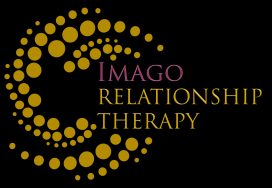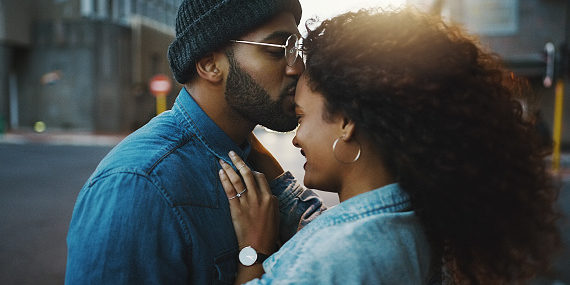In a life filled with visible and invisible struggles, the last place a person wants to exert great effort is—at home. Ironically, if a person does put forth time and energy into his or her home life and marriage, that person can become a safe haven from the inequities, racial harms and pains experienced in the outside world. Marriage and committed relationships can provide a environment for creating and maintaining African Americans’ sense of dignity and personal well-being.
Home should be a safe place where folks can recharge from the effects of overt and covert racism. Home often represents a safe place where Black folks can feel safe from the “microaggressions” of being part of an oppressed minority in the United States (Franklin & Boyd-Franklin, 2000). A safe home also provides a place where a person is no longer invisible. Black couples that lack a safe home are at risk for disharmony and problems (Burton, Winn, Stevenson & Clark, 2004).
The African American home can serve as a safe-refuge, a place where a person can feel validated, important, and as if she or he has a voice. A home that is a safe refuge allows each partner to feel heard; where each partner give input into decisions and each partner has areas of expertise that are recognized in the home.
Although a safe refuge is a place to commiserate over discrimination and racism, it is not the focus of the marriage/committed relationship. When Black couples walk out the door they put on their “armor of protection,” but when they come home they are just “Linda & Steven or Pat & Sheila”
Each partner can relate and identify with the “armor of protection” because they both have to wear the same suit when they walk out the door. In the house, they do not have to wear that façade, put on a front, hide or pretend, but they can empathize and help heal the wounds that come with it.
Home is where you should reveal vulnerabilities that are usually hidden to the outside world. However, home is often where folks project their stresses because it is a safe refuge. Steven may not yell at his boss about getting passed over for a well-deserved promotion for the third time because he is afraid of losing his job, but he can go home and yell at his wife, Linda, because she made a decision without consulting with him.
The injuries of feeling powerless in the outside world can compound the feelings of powerless a person might sometimes feel in a marriage/committed relationship in a way that non-oppressed groups do not have to deal with. A lot of folks may at times feel powerless in their marriages, but that I not magnified by the oppression outside the home. An important point is having a safe refuge—a safe home—is that it serves as a place where one can receive a “greater sense of acceptance and legitimacy” (Franklin & Boyd Franklin, 2000, p. 39). Feeling accepted will help decrease the feelings of invisibility and increase a sense of validation.
I encourage Black couples to acknowledge verbally that their home is a safe-refuge, a place where they can feel accepted, where they can gather with their partner or other African Americans as part of the self-healing process that is intended to reduce the effect of psychic injuries due to oppressive environments (Franklin & Boyd-Franklin, 2000).
There are several things that couples can do to ensure that their home is a safe refuge. First, start with identifying when they already feel safe and what each one of them does to help create a feeling of safety. An example may be if a couple has alone time at night when they talk about the day’s events, when they plan together how they will handle a problem, or when they cuddle or have sex.
Second, therapists can teach specific skills that will increase a person’s sense of safety. For example when a couple wants to discuss a problem, in Imago relationship therapy, I teach clients a softer start-up called Imago dialogue, (devoid of criticism, blaming, defending, belittling or contempt and shows appreciation for the partner), rather than a harsh or negative start-up (starting a conversation with criticisms) may help partners feel safe (Gottman, 1999). Therapists can help clients feel comfortable expressing vulnerability to one’s partner and accepting vulnerability from a partner (Johnson, 2004). Fourth, partners need to learn to forgive themselves and their partners for making mistakes in life and in relationship. Spirituality and prayer can serve a a vehicle for finding forgiveness.
“I’ve learned that people will forget what you said, people will forget what you did, but people will never forget how you made them feel.” Maya Angelou
References
Boyd-Franklin, N. (2003). Black families in therapy: Understanding the African American experience, (2nd ed). New York: Guilford.
Boyd-Franklin, N. Franklin, N. J. (1998). African American Couples in therapy. In M. McGoldrick (Ed.), Revisioning family therapy: Race, culture, and gender in clinical practice. New York: Guilford.
Franklin, A.J., Boyd-Franklin, N. (2000). Invisibility syndrome: A clinical model of the effects of racism on African American males. American Journal of Orthopsychiatry, 70(1), 33-41.
Gottman, J.M., (1999). The marriage clinic: A scientifically-based marital therapy. New York: Norton.
Johnson, S. (2004). The practice of emotionally-focused marital therapy: Creating the connection. (2nd ed.). New York: Routledge.





